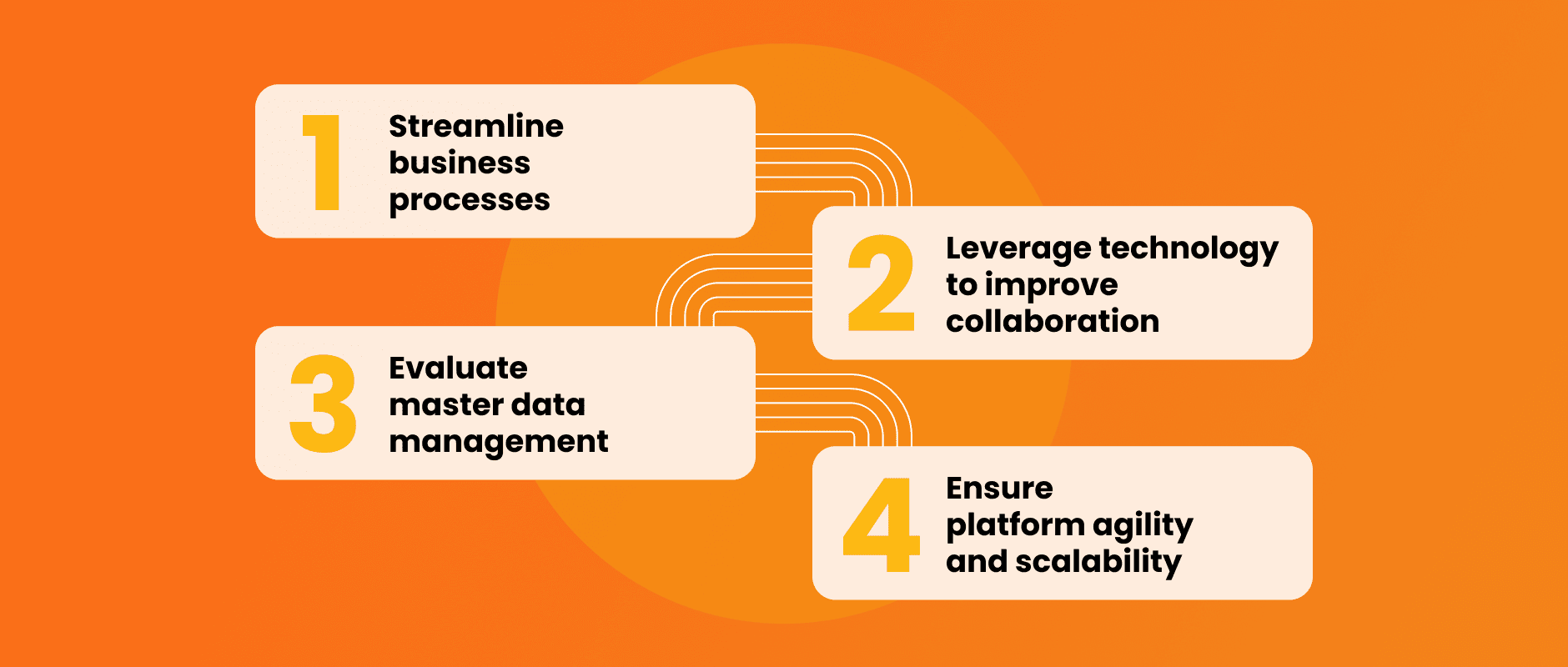4 Strategies for Modernizing the Manufacturing Quality Control Lab
Many quality control (QC) leaders have invested in standalone applications to improve lab efficiency, each solution addressing a specific need. While this approach can address immediate concerns, connectivity and unification are more difficult when each lab uses different tools to execute processes.
Disconnected applications also frustrate end users, requiring them to navigate multiple systems and juggle different logins to manage files across departments. Implementing a centralized document repository eliminates these challenges and promotes seamless collaboration and efficiency.
Only by taking a holistic view of the quality ecosystem and embracing comprehensive modernization strategies can business leaders improve QC operations. For example, adopting a complete solution on a single technology platform can streamline sample management and lab investigation processes, decreasing inventory expenses. This holistic approach can also bring QC and quality assurance (QA) processes closer together to help speed batch release.

Four steps to greater QC lab agility
A growing number of business leaders are adopting the following principles to modernize manufacturing QC labs and make them more agile:
- Streamline business processes
Reduce dependencies on manual paper processes, spreadsheets, homegrown systems, or vendor point solutions to improve efficiency. This effort requires mapping out end-to-end business processes to determine which systems or activities to focus on. - Leverage technology to improve collaboration
Evaluate technology enabling real-time access to data, seamless information sharing, and a better user experience. Look for solutions that provide connectivity via open application program interfaces (APIs) that can be easily integrated with existing systems, making sharing information easier across teams. - Evaluate master data management
Ensure good systems interfaces by sharing context about product hierarchies, market definitions, testing methods, and evaluation criteria. Harmonize master data across systems to facilitate seamless information exchange. Determine the optimal level of harmonization for master data within the project and decide which systems will be publishers and which will be consumers of data definitions. - Ensure platform agility and scalability
Execute more efficiently by bringing lab investigations, training, change control, QC and QA review together on the same technology platform. Ideally, the platform selected should automate quality processes to eliminate mundane manual tasks and simplify data entry, review, and approval.
Enabling operational excellence and Right-First-Time results
A holistic approach to QA and QC will enable streamlined operations, enhance accuracy, and help drive a culture of quality excellence within your organization.
At the same time, unifying disconnected systems will result in a more connected way of working that will improve accuracy and promote a right-first-time approach, minimizing errors and optimizing results. Unburdened by multiple disconnected systems, lab teams will make more informed decisions, optimize their use of resources, and increase overall effectiveness.
By adopting strategies that emphasize a holistic, connected approach to manufacturing QC labs, business leaders will enable teams to make better decisions, optimize resources, and increase the effectiveness of the manufacturing QC lab. This is the first step to making the agile, connected QC lab a reality.
Watch this webinar to learn more about how Veeva Vault LIMS can modernize your QC lab.